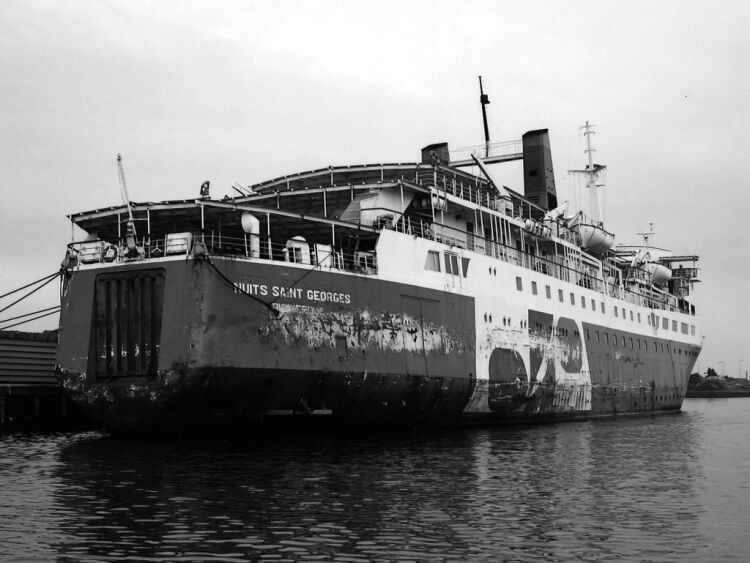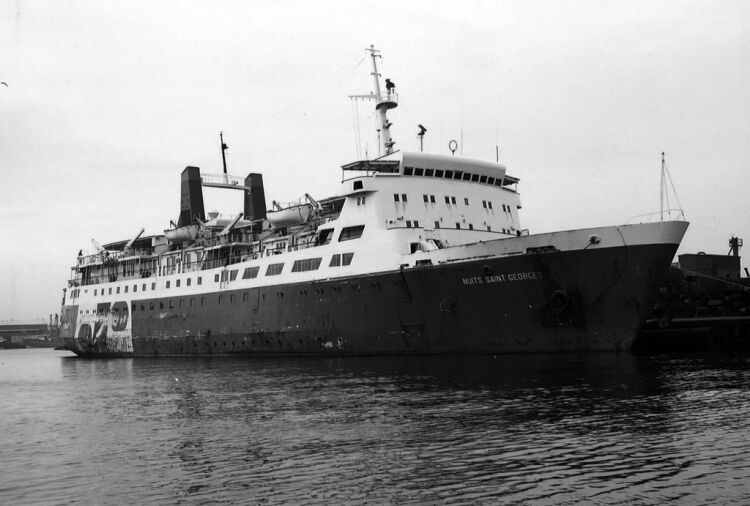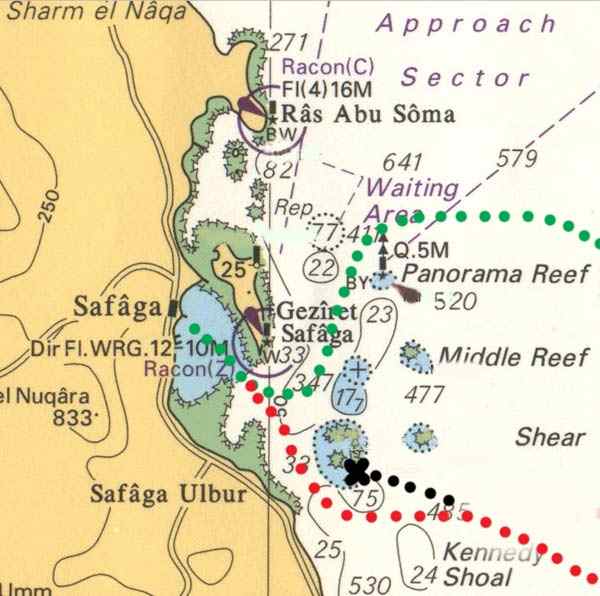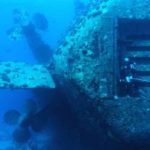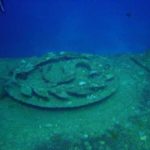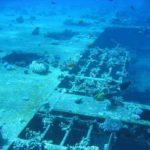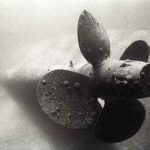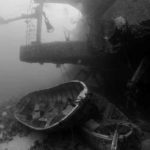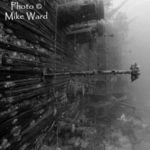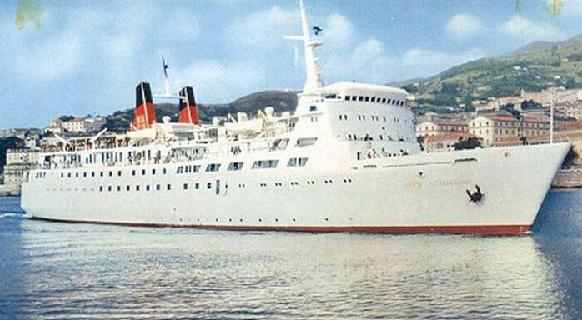
The Salem Express was a 4,471 GRT Roll On/Roll Off (RO/RO) Passenger ferry originally named the Fred Scamaroni built at Forges & Ateliers et Chantiers de Mediterranee (Yard No. 1367), La Seyne, France, for the Compagnie Générale Transatlantique, Marseille, France. The ship’s keel was laid down in June 1963 and she was then launched and towed to Port-de-Bouc on 30 November 1964 for completion. The ship was delivered to Compagnie Générale Transatlantique, Marseille, France, in June 1965. However, a fire broke out onboard the ship on 26 June which caused extensive damage to the ship, resulting in a 10-month delay in the ship going in to active service until April 1966.
The Fred Scamaroni was 114.99 meters in length, 17.84 meters in beam, with a draught of 4.92 meters. Propulsion was provided by 4 Pielstick 8-cylinder diesel engines (11,100 Kw combined output) coupled to 2 shafts for a top speed of between 19.5 and 21 knots.
The ship had a passenger carrying capacity of 1200 persons and 142 vehicles. There were also 428 cabins for passenger accommodation.

On 17 May 1966 the ship was sailing on the Marseille, France-Ajaccio (a commune of Corsica) route, colliding with the quay wall at Ajaccio on 20 January 1967 (minor damage to both ship and quay). The ship continued on this service route until being transferred on 01 July 1969 to the Compagnie Générale Transméditerranéenne, Marseille, France.
The ship continued service between Marseilles and Corsica, experiencing a fire onboard on 23 April 1970 while enroute to Bastia (another commune of Corsica) which was brought under control and extinguished by the ship’s crew. Repairs to the ship took her out of service for approximately 2 weeks, after which, she returned to normal service until 16 March 1976 when Compagnie Générale Transméditerranéenne, Marseille, France, became Société Nationale Maritime Corse-Méditerranée, Marseille, France, and ship ownership is transferred.
On 15 December 1991, the Salem Express departed Jeddah bound for Safaga after having been delayed for two days due to engineering machinery problems. Onboard, the majority of passengers were pilgrims returning from Mecca. Many bringing gifts and clothes for relatives at home in Egypt. The number of passengers onboard varies, with some reports stating 578 passengers and 71 crew, while other reports claim that as many as 1600 people were onboard the ship.
The ship, under the command of Captain Hassan Moro, made the 450 mile passage from Jeddah to the approaches to Safaga without any problems. Towards the end of the journey however, the weather started to pick up, with high winds and heavy seas buffeting the ship. Captain Moro, a well respected seaman and the ship’s captain since 1988, knew the waters off Safaga as well as anyone, and better than most. On this particular route he was also known to take a shortcut on the way into Safaga which cut approximately 1-1/2 to 2 hours off the normal reccommended route. This shortcut was between the Hyndman Reef and the Egyptian coastline south of Safaga, instead of the normal route to the north around Panorama Reef.
“The Salem Express sank after grounding in the Red Sea on 15 December 1991. It was a 4770 GRT Egyptian Ro-Ro passenger ferry, built in 1966, originally certified for 1384 passengers. It was sailing from Jeddah (Saudi Arabia) to Safaga (Egypt) with 578 passengers and 71 crew. While approaching Safaga at midnight in rough weather, the Master took a short-cut which was not authorised for night passage. The ferry struck a reef and sank within 20 minutes. There were 180 survivors and 117 bodies recovered. It was estimated that 464 people drowned in total, many of them trapped inside the ship.”
Two days after the ship’s sinking, The Egyptian Navy, with the assistance of dive instructors and divers from Hurghada and Safaga, began the unhappy task of recovering bodies trapped inside the wreck. The recovery operation lasted for 3 days and it was estimated that approximately 850 bodies were recovered, which varies drastically from the “official” death toll. The recovery of bodies was called off by the Egyptian Navy when it became too dangerous for divers to enter the lower decks of the ship. As a result, today there are still remains of passengers in the lower reaches of the ship. One account of the rescue operation states that it was such a horrendous experience that some of the rescue divers never returned to diving afterwards.
Diving Information
The wreck of the Salem Express lies on its starboard side in 32 meters of water. At the bow the ship’s anchors are still in position and the bow door, which allowed water into the car deck, is still in the open position. The foc’sle still has the anchor windlass winches mounted on it, along with ventilation ducts protruding through the deck. The port side of the vessel, which is facing the surface, has many windows and ports looking into individual cabins, and the companionway runs along the main deck from fore to aft complete with handrails.
have the proper level of dive certification. This is a great wreck dive, and a bit of a sobering one considering its history.
Miramar Single Ship Report for 6502311
http://www.faktaomfartyg.se/fred_scamaroni_1965.htm
http://www.theshipslist.com/ships/lines/french.html
http://www.expedicesalem2005.com/engl/salem.htm#
http://www.frenchlines.com/ship_en_181.php
http://touregypt.net/vdc/Salemexp.htm
http://www.tornadomarinefleet.com/southern-red-sea



